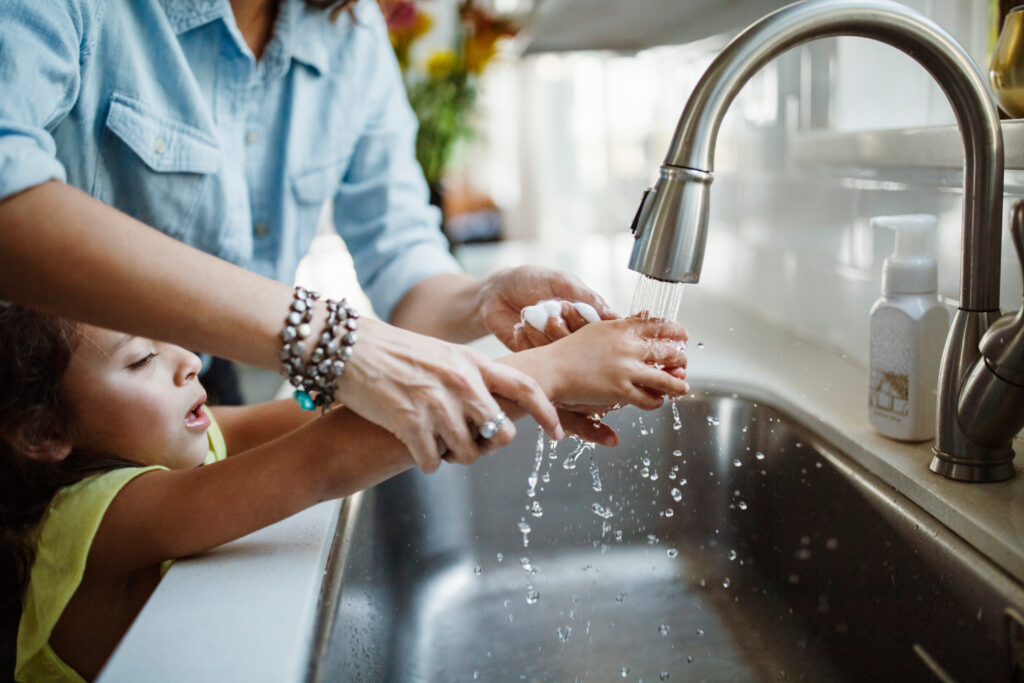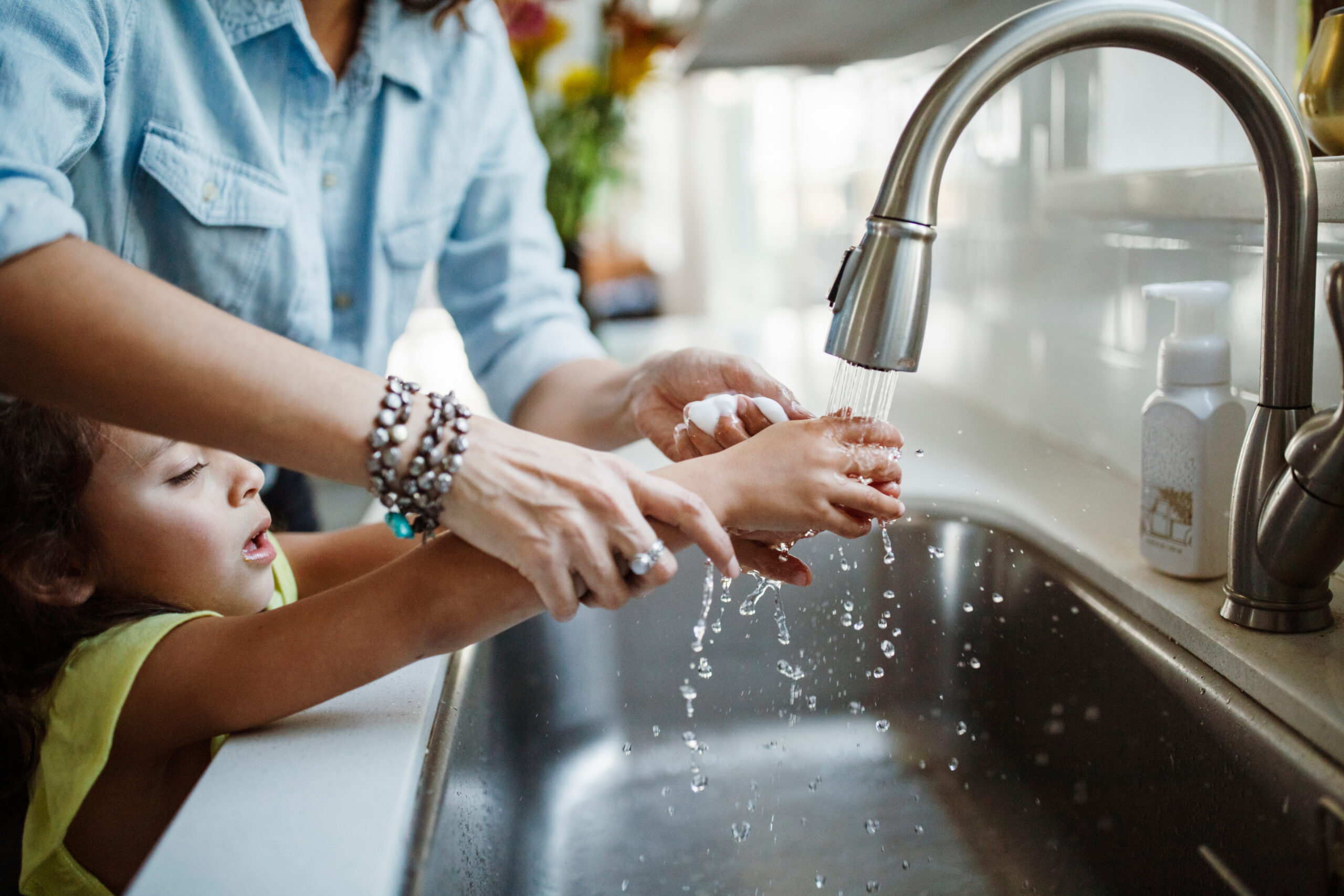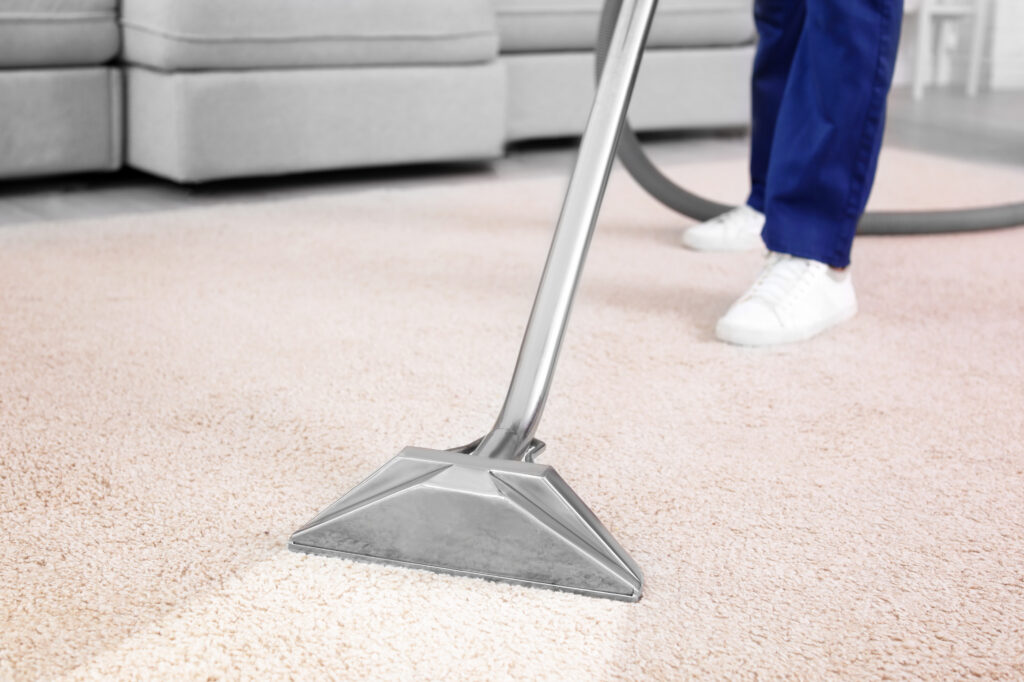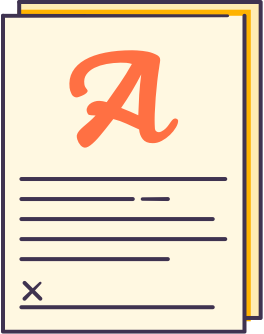Kitchen Sink Plumbing: What Homeowners Need to Know
Let’s be honest—kitchen sinks don’t exactly scream “complicated,” right? You turn the tap, water flows. You turn it off, done deal. But the plumbing behind your kitchen sink? That’s where things get a little more interesting. And hey, if you’re hunting for some homeowner-savvy tips (and really, who isn’t when that slow drain is mocking you every morning), understanding your kitchen sink’s plumbing is one of those surprisingly useful nuggets of knowledge. Whether you’re upgrading your kitchen, dealing with a sneaky leak, or just wondering if your home warranty covers plumbing stuff (spoiler alert: it should), this post will break it all down in plain, slightly distracted English.
What Is Kitchen Sink Plumbing, Exactly?
Okay, imagine this: your sink isn’t just a fancy bowl that magically refills like a level in a video game every time you hit the handle. Underneath that slick metal (or ceramic or granite composite, if you’re fancy), you’ve got a complex system of pipes, connections, traps, valves, and seals. The plumbing under your kitchen sink does two main things. First, it brings in clean water through the supply lines—that’s hot and cold, fed by valves usually tucked inside the cabinet—and second, it whisks away used, grimy water through the drain system. Oh, and if you’ve got a garbage disposal unit? That’s part of the plumbing ecosystem too. It all works together… until it doesn’t.
How Does a Kitchen Sink Plumbing System Work?
Let’s start from the top. When you turn your faucet on, water flows through the supply lines connected to your home’s main plumbing. Pretty standard. You’ve got shut-off valves under the sink (you know, the twisty knobs you rarely touch until something goes wrong). These connect via flexible tubing to your faucet. Easy peasy.
Now for the drain. Water flows down from the sink basin into a strainer or basket, passes through the drain pipe, then curves into a U-shaped pipe called a P-trap. This part is super important—it holds water to block nasty sewer gases from creeping back up your pipes. After the P-trap, the wastewater merges into your home’s main drain line and heads toward the municipal sewage system or septic tank. All this happens in seconds, without a second thought—until buildup, blockage, or corrosion steps in and breaks the whole flow.
Why Homeowners Should Care About Sink Plumbing
Good question. Here’s the deal. Kitchen plumbing might not be as flashy as a tiled backsplash or a giant smart fridge, but when it fails? It fails hard. Backed-up sinks, leaking pipes, water damage, foul odors—none of that screams gourmet dinner party. Keeping your sink plumbing in check means fewer emergencies and better control over maintenance costs. Plus, let’s throw this out there—reliable plumbing increases resale value. Buyers love a kitchen that just works.
Also, if you’re covered under a home warranty plan, getting acquainted with these parts makes filing a claim a million times easier. You’ll know what’s potentially covered, what’s not (sorry, root invasion), and which maintenance tasks are actually your responsibility. It sounds boring, sure, but it’s so worth it on the third call to a plumber just to say, “Yeah, it’s the angle valve again.”
Common Problems and Red Flags to Watch For
If your sink is slow to drain, making gurgling sounds, or giving you surprise puddles in your cabinet, congratulations—you’ve got plumbing drama. Clogs are the biggest culprits. Grease buildup, coffee grounds (why?), and food scraps that shouldn’t have gone down there (ahem, rice and potato skins) all contribute. Then there’s the silent killer: leaks. These can spring from loose connections, corroded fittings, or even low-quality materials that degrade over time.
Another problem is low water pressure. Often, it’s a faucet issue or mineral buildup in the aerator, but it might also hint at deeper plumbing problems. And that foul sewage smell? Yeah, your P-trap could be dry or there’s possibly a venting issue. See? Knowing the terminology pays off.
DIY Or Plumber? Knowing When to Bring in the Pros
Some sink plumbing fixes can definitely be DIY—looking at you, clogged drain from forgotten spaghetti noodles. A plunger, a drain snake, or good ol’ baking soda and vinegar might get the job done. Minor leaks from a loose connector? A wrench and some Teflon tape can be magical. But if you’re dealing with constant backups, frequent leaks, water stains inside the cabinet, or anything involving mold or water damage—call a licensed plumber.
This is where your home warranty steps into the spotlight. The right plan covers plumbing system components due to normal wear and tear. Think toilets, faucets, supply lines, shut-off valves, and yes, kitchen sink pipes. That peace of mind is golden when you’re looking at a repair bill tall enough to send you stress-snacking on leftovers.
Upgrades That Make Sense—and Save Long-Term
If you’re remodeling or just tired of your sink drama, consider smart upgrades. Install shut-off valves with easy-grip handles, upgrade to corrosion-resistant piping like PEX or copper, and ditch that ancient faucet for one with a pull-down sprayer and touchless tech. Also, proper under-sink organization helps prevent accidents (ever knocked over a bleach bottle and soaked a pipe?).
Another pro move? Add a leak detector under your sink. These budget-friendly gizmos send instant alerts to your phone if they sense moisture. Because the only surprise you want under your kitchen sink is an extra roll of paper towels—not flooding.
Protect Your Kitchen Plumbing with Armadillo
We get it—plumbing issues are rarely on your weekend to-do list…until they bubble up, demand attention, and eat into your savings. That’s why having a reliable home warranty from Armadillo matters. When your kitchen sink plumbing starts acting up, you want to know who to call and that the repair won’t clean out your wallet. Our home warranties cover essential plumbing components, giving you peace of mind and fewer disruptions. Take a spin through our site at armadillo.one to learn more. Or, if you’re ready to protect your home the smart way, dive into our customized plans over at this link and start building your coverage today. Because whether it’s a leak, a clog, or a full-on kitchen sink rebellion, we’ve got your back.

























